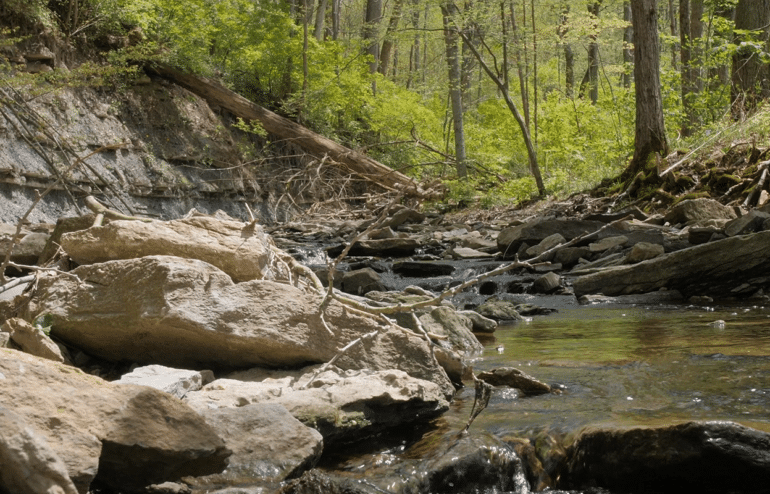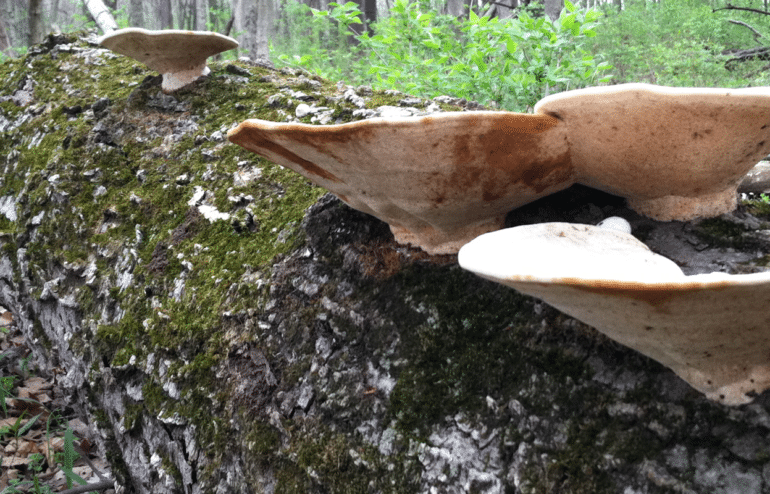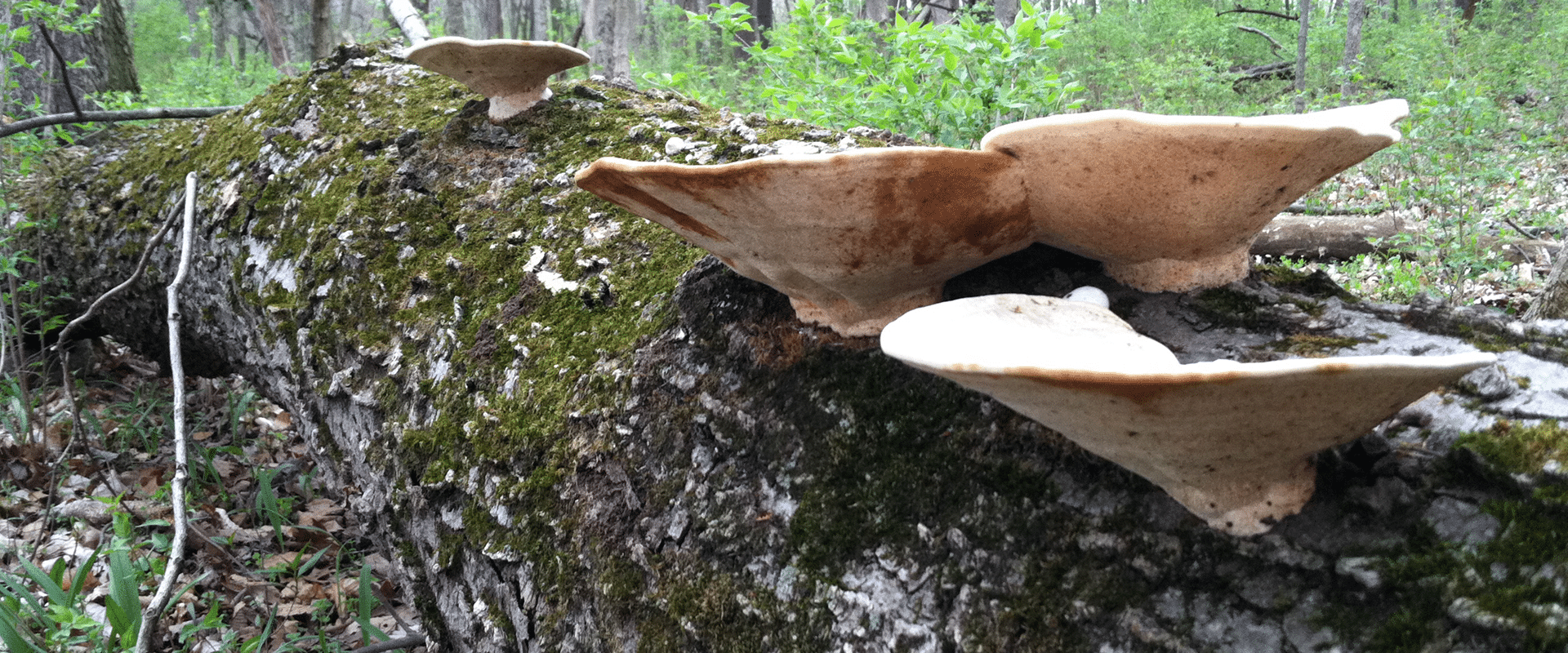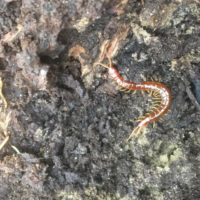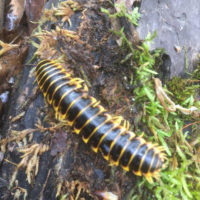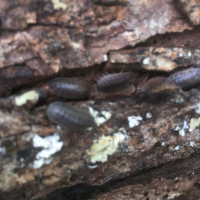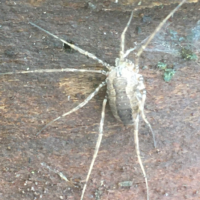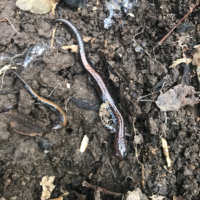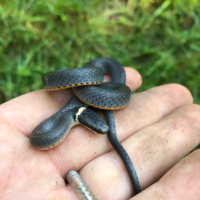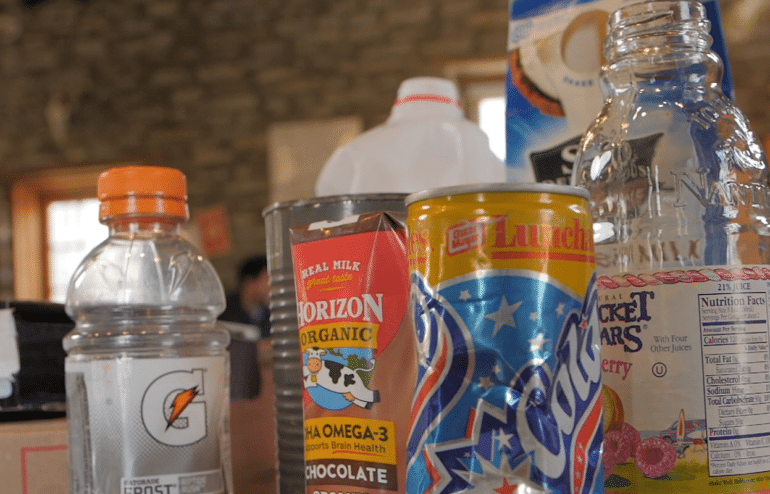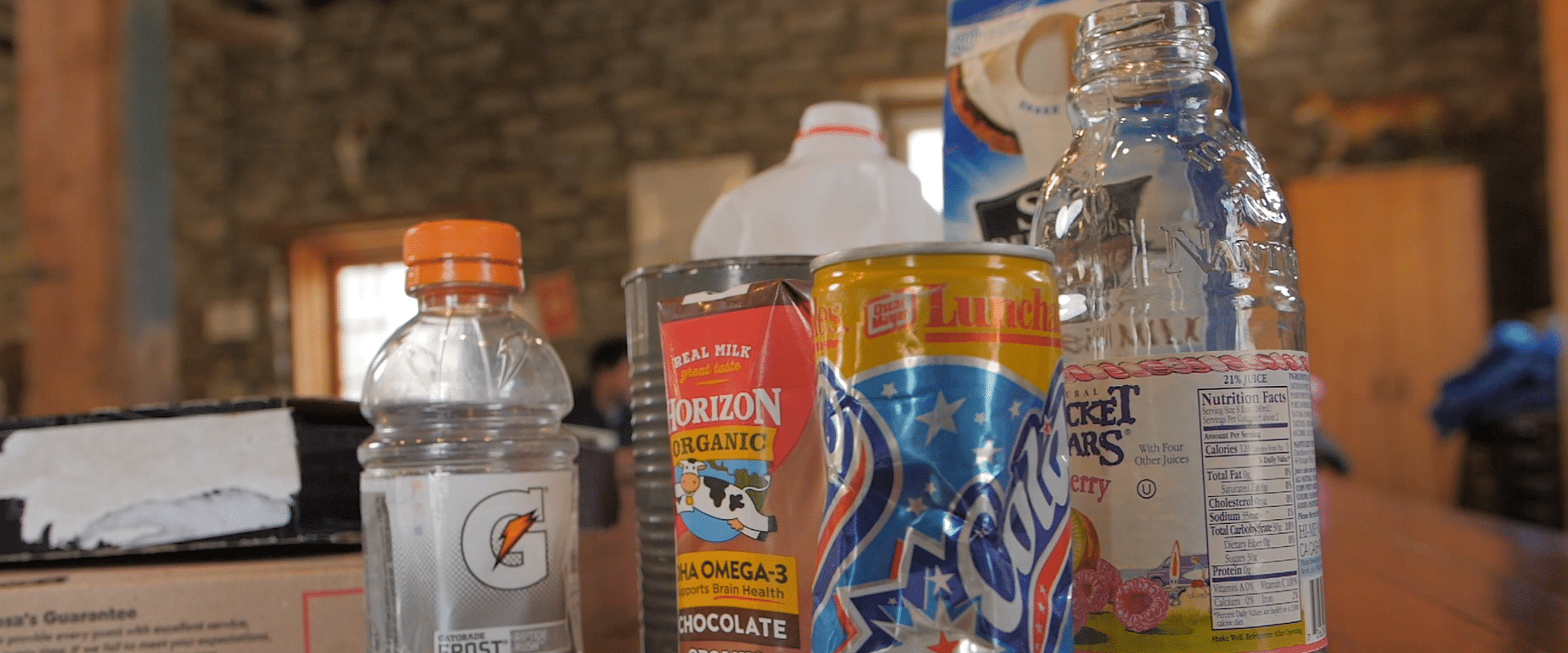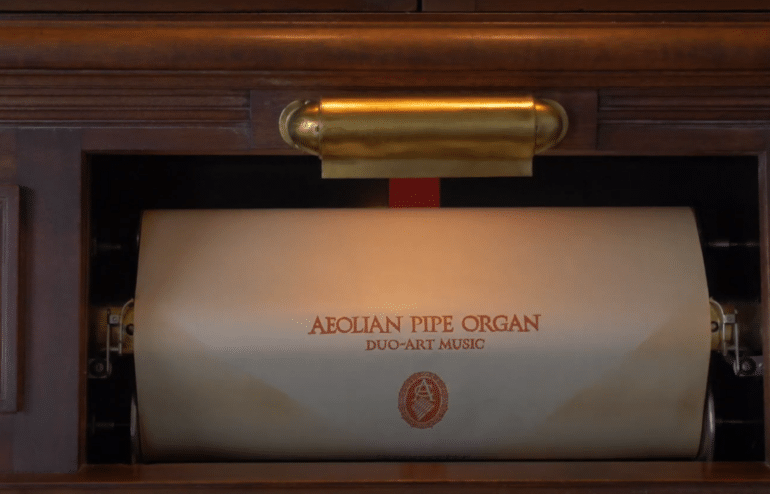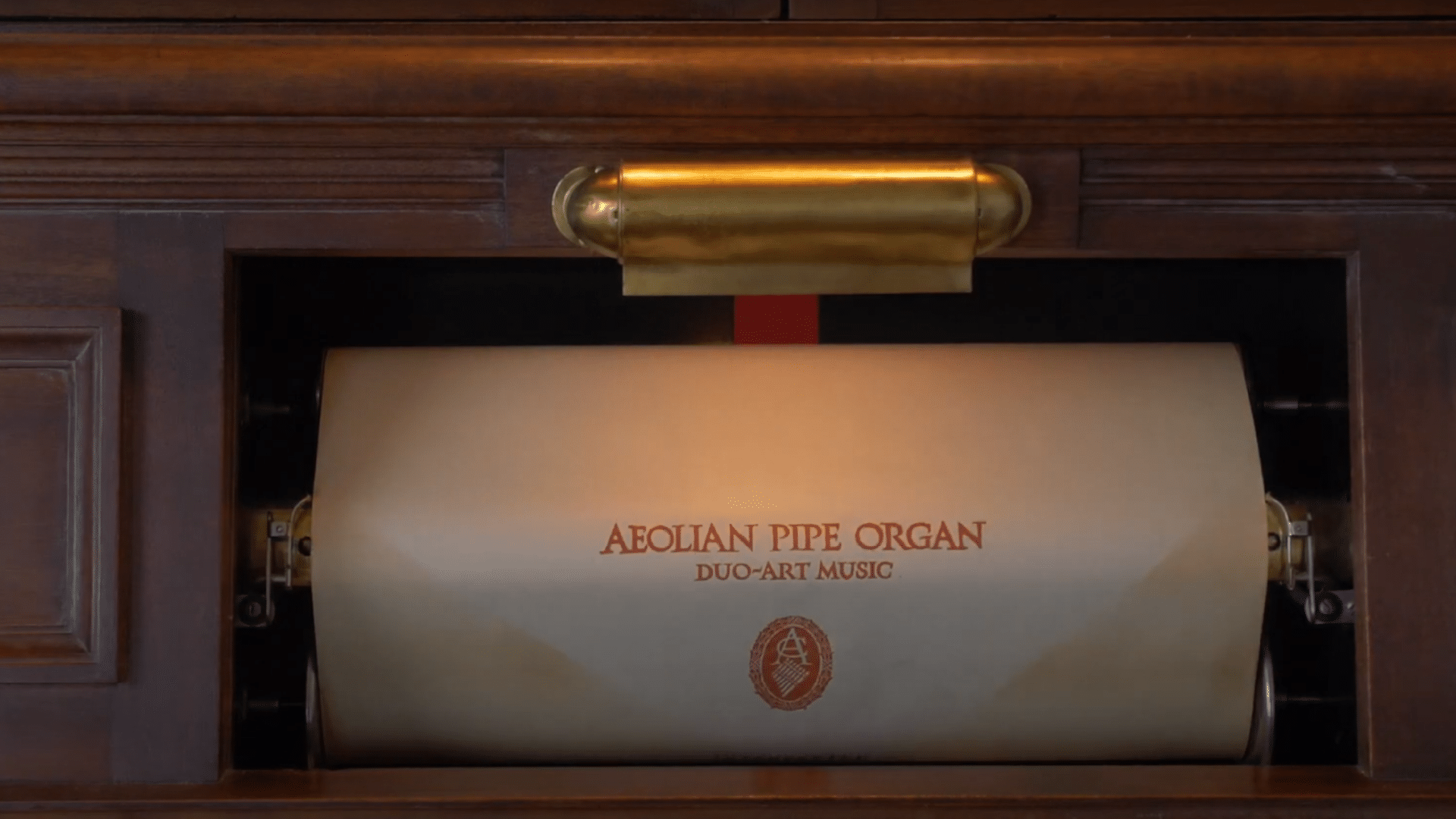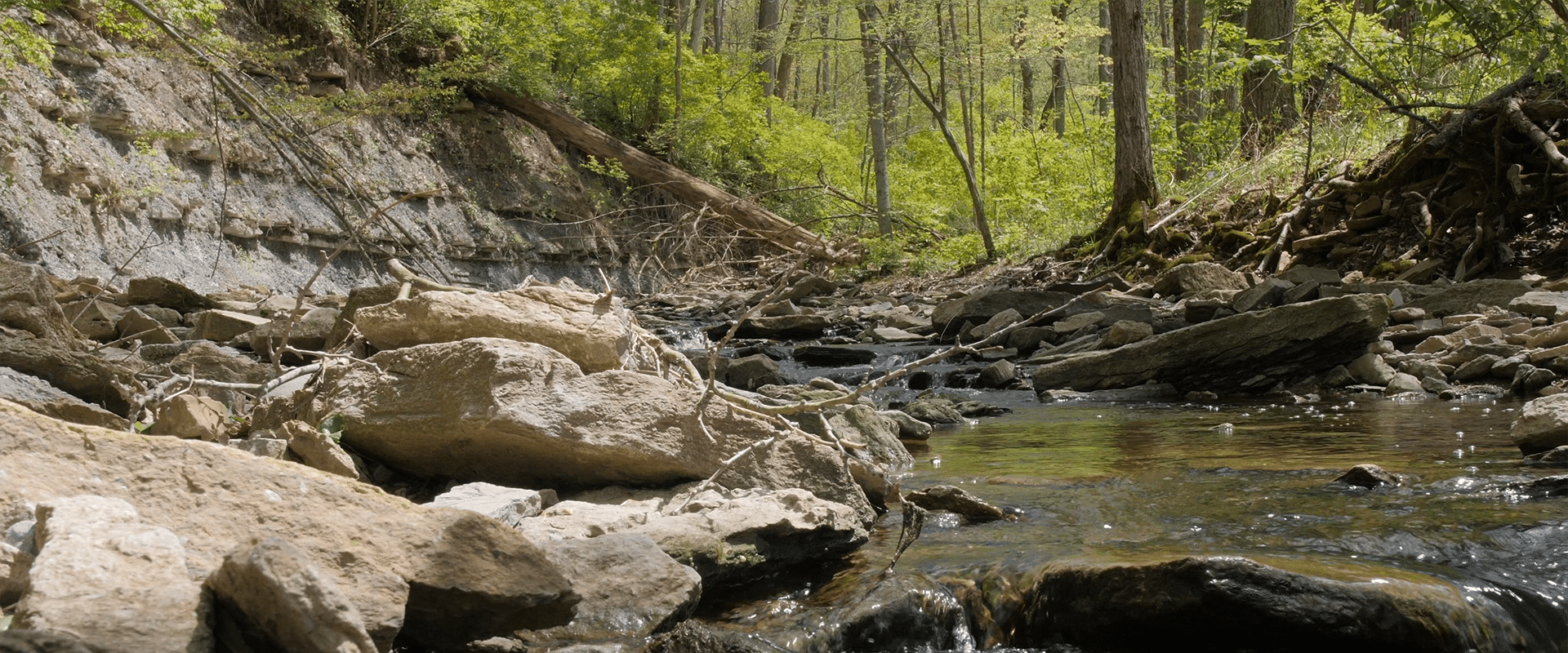
Discovering Fossils
Millions of years ago, Ohio’s landscape looked much different than it does today. A warm shallow ocean covered the land and strange creatures inhabited these waters. These creatures, including filter feeders, a few scavengers, and even predators, all roamed the ocean during the Ordovician time period, which was over 450 million years ago. Over time these warm shallow oceans were replaced by mountains and forests as Ohio’s land moved north of the equator. The Cincinnati area is known for having the most Ordovician fossils. This was due to an uplift that happened in the Earth’s crust, which caused a special feature called the Cincinnati Arch. This lift allowed many of the fossils normally found deep within the layers of the earth to push upward to the surface so that we can find them. Now, you can find clues to the ancient past by looking at the limestone and shale rocks in the Cincinnati area.
These ancient fossils are the remains of past life. In Ohio, fossils are everywhere. They are found in all 88 counties of the state. The fossils found in Ohio are special because amazingingly enough, they are OLDER than the dinosaurs! Fossils are useful to us in many ways. They are evidence of animals of the long-distant past, they show the appearance of different life forms and they are the documents from which development of life in the past can be traced. Scientists from all over the world travel to the Cincinnati area to view these special fossils.
One example of a fossil you can find in Ohio is the trilobite. Trilobites are one of the earliest forms of the group arthropods. The name trilobite means “three-lobed”, based on their body plan. Trilobites were predators on the ocean floor and they came in many different sizes and shapes. Some can be so small you need a microscope to see them and some can be up to two feet across. In Ohio, our state fossil, Isotelus Maximus, is a trilobite and is one of the largest species we find. Many times when we find them, they are rolled up in a ball, meaning they had used their hard exoskeleton for protection. There were many species of trilobite, but all are now extinct. However, a close relative of the trilobite is a horseshoe crab. If you are looking to find a trilobite, look in the layers of shale rock where you are more likely to find an unbroken, whole fossil.
Take some time to explore and see if you can find a fossil treasure. Take time to think about what the animal may have looked like or how it may have moved and hunted for food. Challenge yourself to find the smallest individual fossil or try to find a rock with the most fossils embedded in it. Use our fossil guide to look for all the different types of fossils we have here in Ohio or try the Greenacres ‘Ordovician Sea Floor’ Coloring Page. Take time to learn what is under your feet as you explore the fossils of Ohio. Happy fossil hunting!

